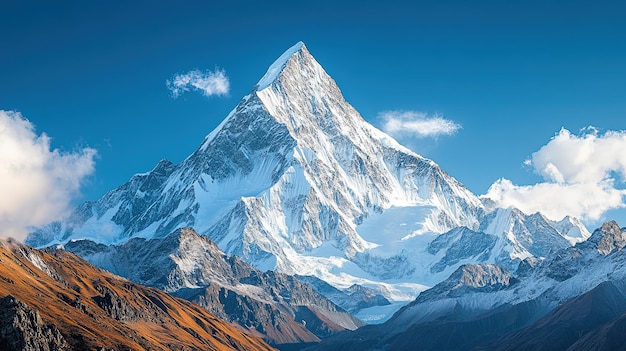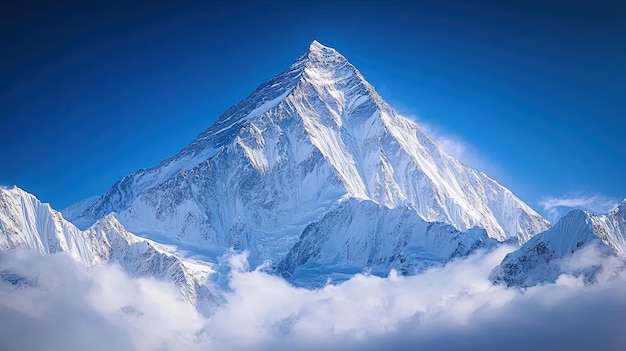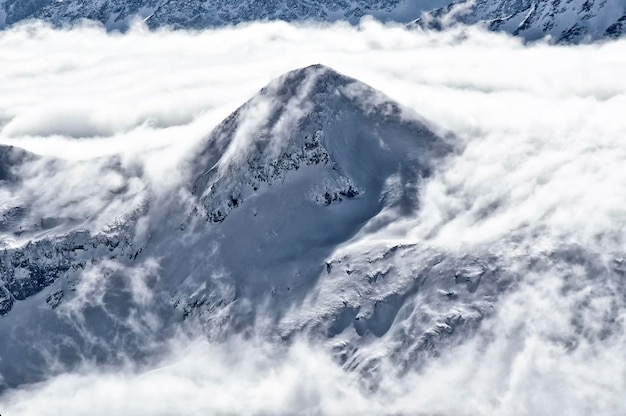Avoiding Altitude Sickness on K2: How to Acclimatize and Stay Safe
K2, the world’s second-highest peak, is a dream destination for mountaineers and adventurers. However, its extreme altitude and harsh conditions pose significant risks, including altitude sickness. Avoiding altitude sickness on K2 is crucial for a successful and safe climb. In this blog, we’ll explore the effects of high altitude on the body, provide acclimatization schedules, hydration strategies, and oxygen use tips, and discuss the symptoms of Acute Mountain Sickness (AMS), High Altitude Pulmonary Edema (HAPE), and High Altitude Cerebral Edema (HACE).
The Effects of High Altitude on the Body
At high altitudes, the air pressure drops, and the amount of oxygen available decreases. This condition, known as hypoxia, forces the body to work harder to deliver oxygen to vital organs and tissues. The effects of high altitude can vary from mild discomfort to life-threatening conditions. Common symptoms include headaches, fatigue, dizziness, and shortness of breath. For climbers on K2, where the summit reaches 8,611 meters (28,251 feet), the risks are even greater due to the extreme altitude and prolonged exposure.
The body responds to high altitude by increasing breathing and heart rates, producing more red blood cells, and adjusting blood chemistry. However, these adaptations take time, and rushing the process can lead to altitude sickness. Avoiding altitude sickness on K2 requires careful planning, proper acclimatization, and awareness of the symptoms.
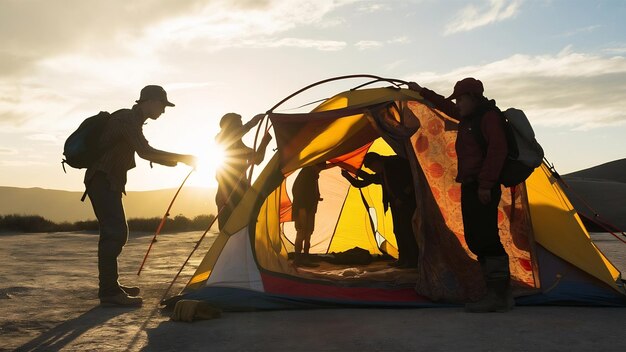
Acclimatization Schedules for K2
Acclimatization is the process of allowing your body to adapt to the reduced oxygen levels at high altitudes. For K2, a well-structured acclimatization schedule is essential. Here’s a recommended plan:
- Slow Ascent: Climb high, sleep low. This principle involves ascending to a higher altitude during the day and returning to a lower altitude to sleep. This helps your body adjust gradually.
- Rest Days: Schedule rest days every 3-4 days during your ascent. Use these days to hydrate, eat well, and allow your body to recover.
- Staged Camps: Set up multiple camps at different altitudes (e.g., Base Camp, Camp 1, Camp 2, etc.). Spend at least 2-3 nights at each camp before moving higher.
- Monitor Symptoms: Pay close attention to how you feel. If you experience symptoms of AMS, HAPE, or HACE, descend immediately.
For a detailed acclimatization schedule, refer to resources like the International Society for Mountain Medicine.
Hydration Strategies at High Altitude
Dehydration can exacerbate the symptoms of altitude sickness, so staying hydrated is critical. Here are some tips:
- Drink Plenty of Water: Aim for 4-6 liters of water per day. The dry air at high altitudes increases water loss through respiration.
- Avoid Alcohol and Caffeine: Both can contribute to dehydration. Save the celebratory drinks for after your descent.
- Electrolytes: Use electrolyte tablets or powders to replenish lost salts and minerals.
- Monitor Urine Color: Clear or light yellow urine is a good indicator of proper hydration.

Oxygen Use Tips
Supplemental oxygen can be a lifesaver at extreme altitudes like K2. Here’s how to use it effectively:
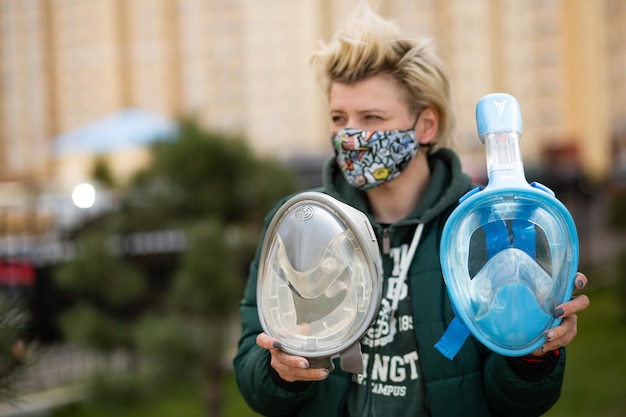
- Consult Experts: Work with experienced guides who can advise on when and how to use supplemental oxygen.
- Conserve Oxygen: Use oxygen sparingly during the ascent and save it for the most challenging sections, such as the summit push.
- Practice Using Equipment: Familiarize yourself with oxygen masks and regulators before your climb.
- Emergency Use: Always carry a portable oxygen cylinder for emergencies, especially if symptoms of HAPE or HACE arise.
Symptoms of AMS, HAPE, and HACE
Recognizing the symptoms of altitude sickness is crucial for avoiding altitude sickness on K2. Here’s what to look out for:
Acute Mountain Sickness (AMS)
AMS is the mildest form of altitude sickness and is common among climbers. Symptoms include:
Headache
Nausea or vomiting
Dizziness
Fatigue
Loss of appetite
If symptoms persist or worsen, descend immediately.
High Altitude Pulmonary Edema (HAPE)
HAPE is a severe condition caused by fluid buildup in the lungs. Symptoms include:
Severe shortness of breath, even at rest
Coughing, sometimes with pink or frothy sputum
Chest tightness or congestion
Blue-tinged lips or fingernails
HAPE requires immediate descent and medical attention.
High Altitude Cerebral Edema (HACE)
HACE is the most severe form of altitude sickness and involves fluid buildup in the brain. Symptoms include:
Severe headache unrelieved by medication
Confusion or disorientation
Loss of coordination (ataxia)
Hallucinations
Unconsciousness
HACE is life-threatening and requires urgent descent and medical treatment.
For more information on altitude sickness, visit the Altitude.org website.

Preventing Altitude Sickness on K2
Avoiding altitude sickness on K2 requires a combination of preparation, awareness, and caution. Here are some additional tips:
- Physical Fitness: Train extensively before your climb. Cardiovascular fitness and endurance are crucial for high-altitude climbing.
- Proper Gear: Invest in high-quality gear, including warm clothing, sturdy boots, and reliable oxygen systems.
- Team Communication: Climb with a trusted team and communicate openly about how you’re feeling.
- Emergency Plan: Have a clear plan for descent and evacuation in case of severe altitude sickness.
- Medical Check-Up: Consult a doctor before your climb to ensure you’re in good health.
Conclusion
Climbing K2 is a monumental challenge that demands respect for the mountain and its dangers. Avoiding altitude sickness on K2 is not just about reaching the summit—it’s about returning safely. By understanding the effects of high altitude, following a proper acclimatization schedule, staying hydrated, and recognizing the symptoms of AMS, HAPE, and HACE, you can significantly reduce your risks.
Remember, the mountain will always be there, but your health and safety come first. Plan carefully, listen to your body, and prioritize acclimatization. With the right preparation, you can achieve your dream of conquering K2 while staying safe and healthy.
For more tips and resources on high-altitude climbing, visit k2karakoram.com. Stay safe, and happy climbing!
FAQs
- What is altitude sickness, and why is it dangerous on K2?
Altitude sickness occurs due to low oxygen levels at high altitudes and can be life-threatening on K2 due to its extreme elevation. - How can I acclimatize properly on K2?
Follow a slow ascent, use the “climb high, sleep low” method, and take rest days to allow your body to adapt. - What are the symptoms of HAPE and HACE?
HAPE causes breathing difficulties and coughing, while HACE leads to confusion, loss of coordination, and severe headaches. - How much water should I drink to avoid altitude sickness on K2?
Aim for 4-6 liters of water daily to stay hydrated and reduce the risk of altitude sickness. - When should I use supplemental oxygen on K2?
Use oxygen during the summit push or if symptoms of severe altitude sickness, like HAPE or HACE, appear.

